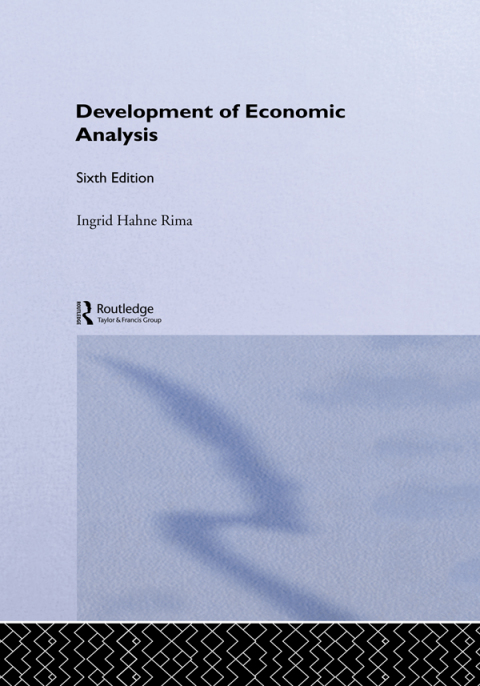Description
Efnisyfirlit
- Cover
- Half Title
- Title
- Copyright
- Dedication
- Contents
- Preface to the sixth edition
- Part I Preclassical Economics
- 1 Early masterworks as sources of economic thought
- 2 The origins of analytical economics
- 3 The transition to classical economics
- Part II Classical Economics
- 4 Physiocracy: the beginning of analytical economics
- 5 Adam Smith: from moral philosophy to political economy
- 6 Thomas Malthus and J. B. Say: the political economy of population behavior and aggregate demand
- 7 David Ricardo and William Nassau Senior: income shares and their long-term tendencies
- 8 Ricardo, Senior and John Stuart Mill: international trade, monetary theory and method in economic science
- 9 Classical theory in review: from Quesnay to McCulloch
- Part III The Critics of Classicism
- 10 Socialism, induction, and the forerunners of marginalism
- 11 Karl Marx: an inquiry into the ‘Law of Motion’ of the capitalist system
- 12 ‘First-generation’ marginalists: Jevons, Walras, and Menger
- 13 ‘Second-generation’ marginalists and the Austrian School
- Part IV The Neoclassical Tradition, 1890–1945
- 14 Alfred Marshall and the neoclassical tradition
- 15 Chamberlin, Robinson, and other price theorists
- 16 The ‘new’ theory of welfare and consumer behavior
- 17 Neoclassical monetary and business-cycle theorists
- Part V The Dissent from Neoclassicism, 1890–1945
- 18 The dissent of American institutionalists
- 19 The economics of planning; socialism without Marxism
- 20 J. M. Keynes’s critique of the mainstream tradition
- 21 Keynes’s theory of employment, output, and income; Harrod’s dynamic interpretation
- Part VI Beyond High Theory
- 22 The emergence of econometrics as the sister discipline of economics
- 23 Keynesians, neo-Walrasians, and monetarists
- 24 The analytics of economic liberalism: the Chicago tradition
- 25 Competing paradigms in contemporary economics
- Index of names
- Index of subjects







Reviews
There are no reviews yet.